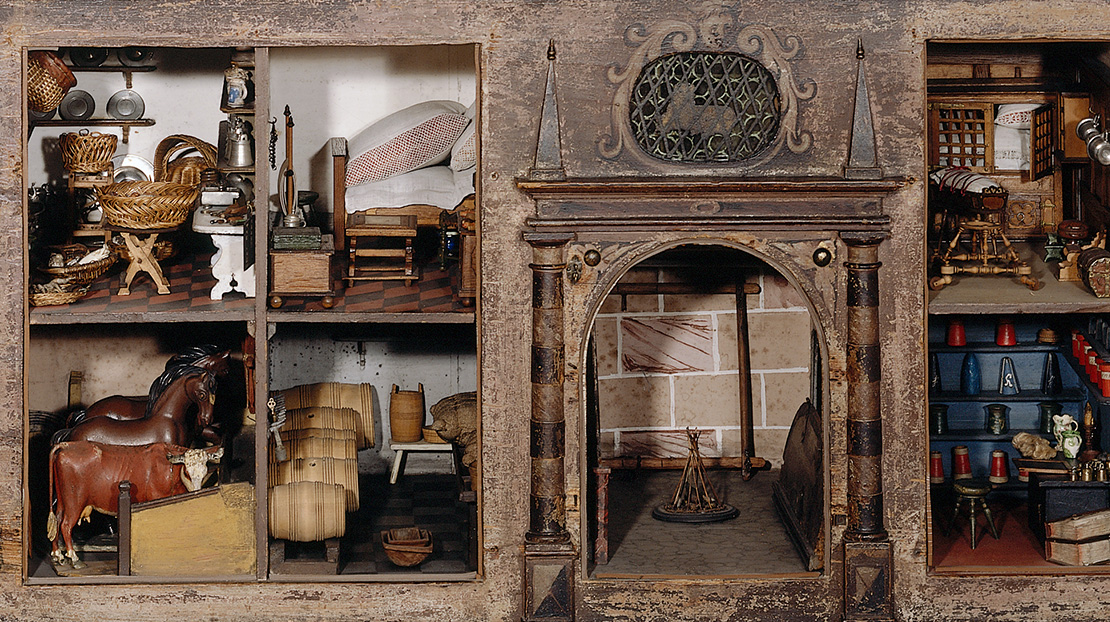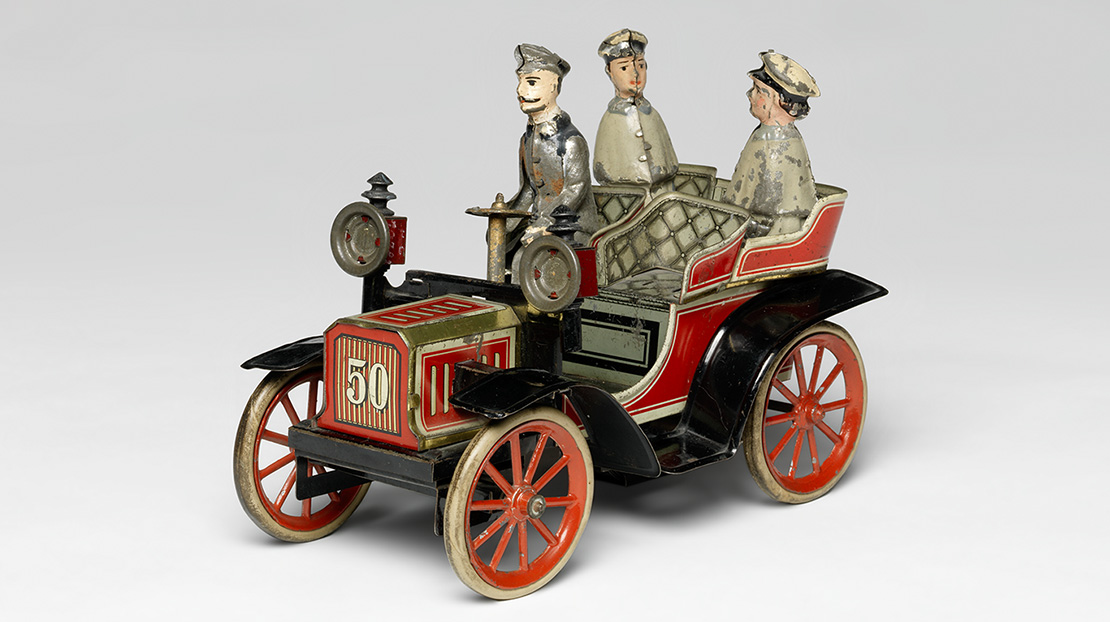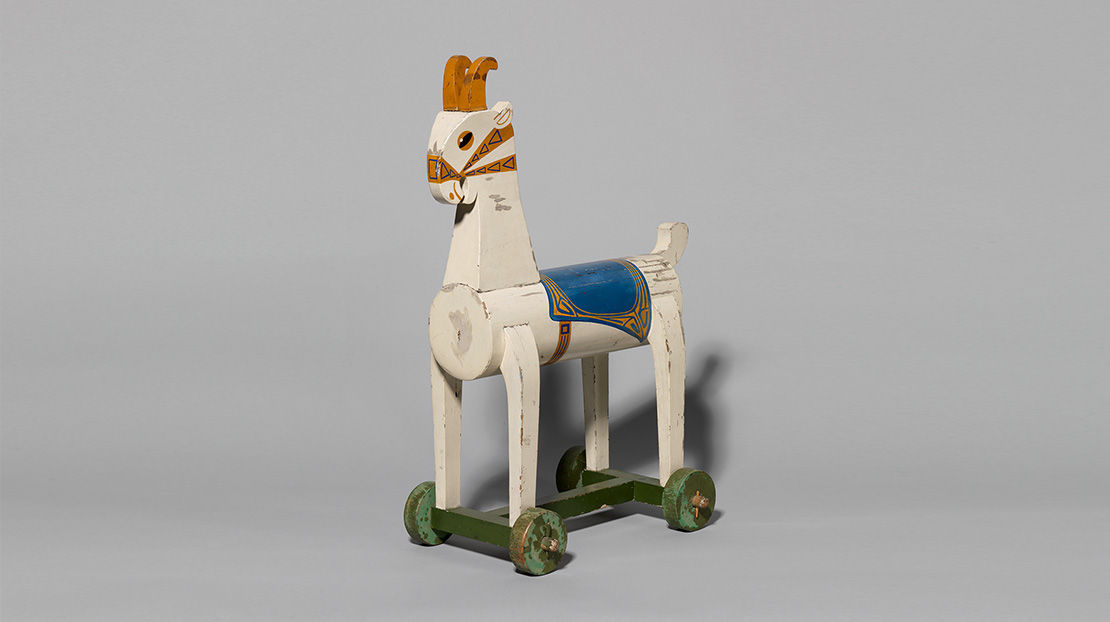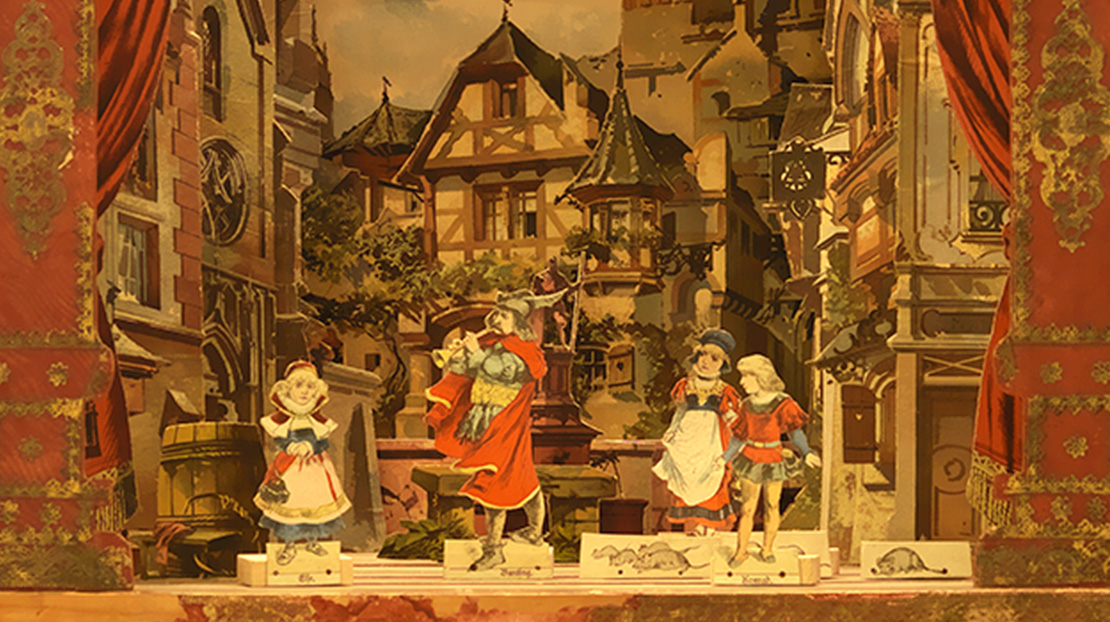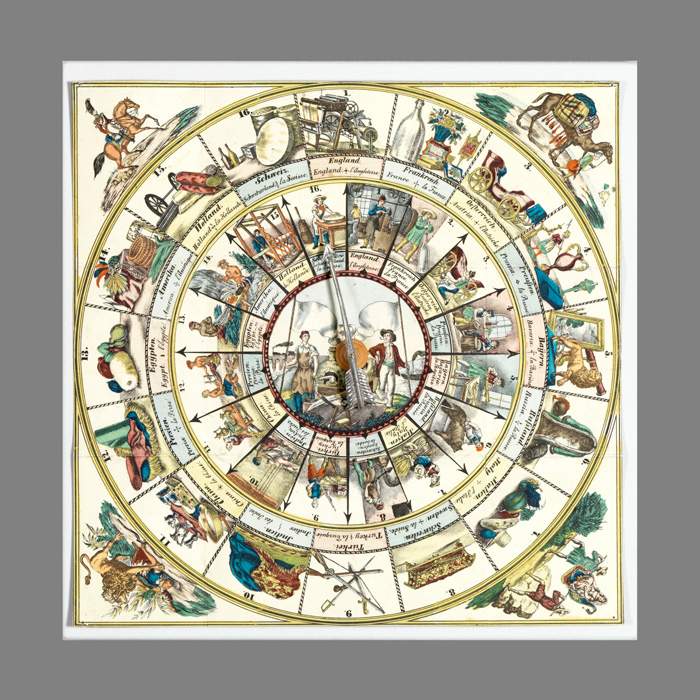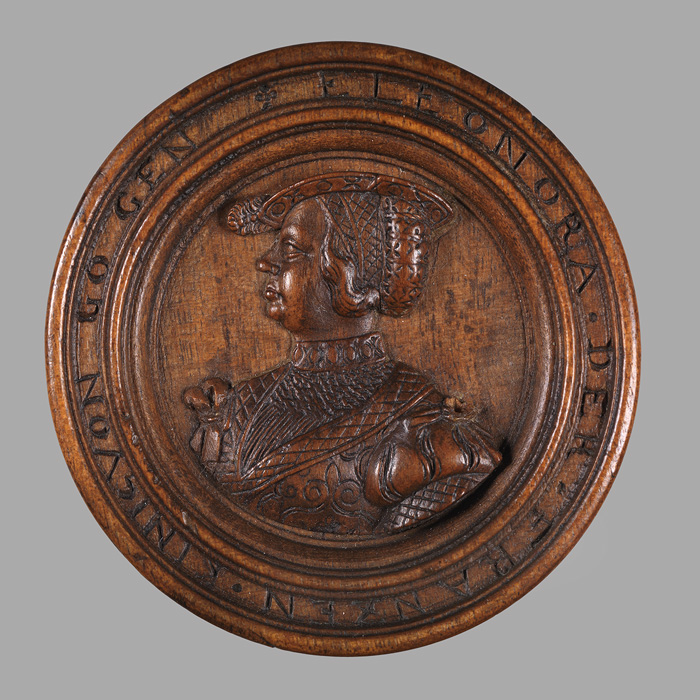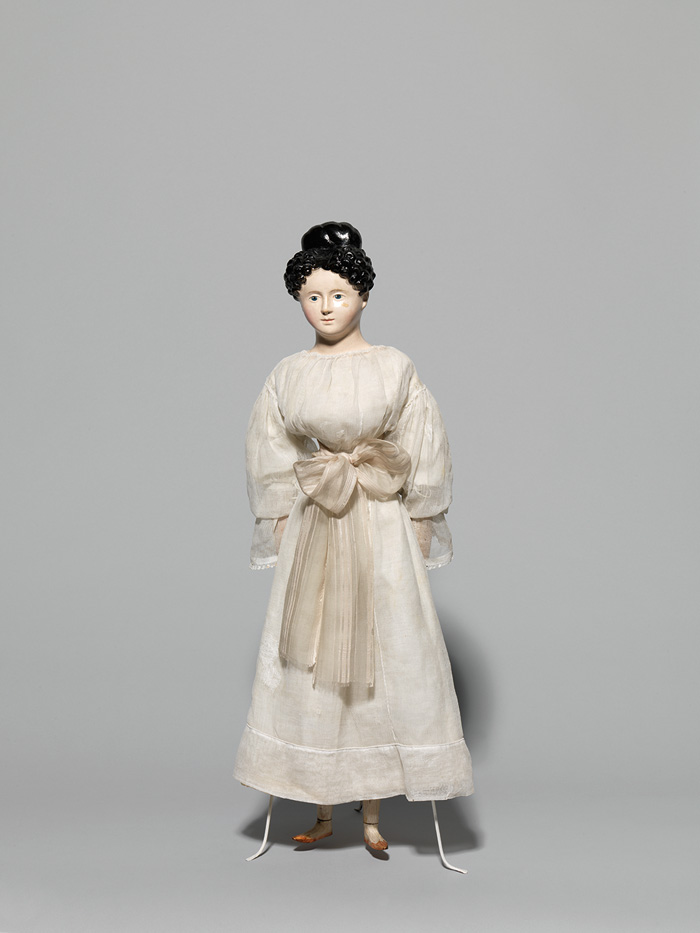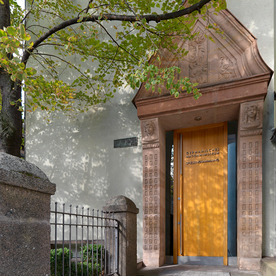Toys
The exhibition is located in the building of a former childcare institution and contains objects from 1550 to the 20th century. On the ground floor, four Nuremberg dollhouses from the 17th century are exhibited within the context of the contemporary understanding of the world and are juxtaposed with later dollhouses and doll's kitchens intended for play, demonstrating how children's play environments have changed. The exhibition also looks at the discovery of childhood as an independent chapter of life and the gender-differentiated role of toys in child-rearing. For boys, this involved tin figures, wagons, building blocks, trains and optical toys, while girls first and foremost played with fashionably dressed dolls and the closely associated dollhouses and doll's kitchens. The machine-produced toys of ca. 1900 gave rise to much criticism as a result of the reform movement, and led many artists to develop "reform toys", which did not however find favor in many circles. The designers embraced familiar subjects such as castles or Noah's ark.
Eleven paper theater on the second floor bear witness to the middle class enthusiasm for theater in the 19th and early 20th century. In the family living room, youngsters were acquainted with classical plays and operas up until the second half of the 19th century, when pieces started to be rewritten especially for children. The figurines' decorations and costumes also give an impression of contemporary fashions. An ability to concentrate was a must when playing with paper theaters or taking part in tactical board games for adults, which are also on show. The exhibition traces the line from these games to the games for children, some of which dealt with the very latest political issues.
Examples of objects
Exhibition rooms

Information and Services
Plan Your Visit
Opening Times
Location and Approach
GNM Museum Shop
FAQ
Library
Branches
Contact

